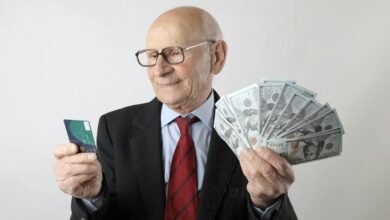Photoacomanha: O Uso de Imagens no Processo Judicial

The integration of visual evidence into legal proceedings, known as photoacomanha, has transformed the judicial landscape. This practice enhances the persuasiveness of legal arguments by improving juror engagement and understanding. However, the reliance on images introduces significant challenges regarding authenticity and emotional bias. As such, the implications of these factors warrant careful consideration. What strategies can legal professionals employ to navigate these complexities effectively?
The Impact of Visual Evidence on Legal Proceedings
Although the role of visual evidence in legal proceedings has evolved significantly over time, its impact remains profound and multifaceted.
Visual credibility enhances the weight of evidence, facilitating juror comprehension and engagement. The persuasive power of images can influence perceptions and decisions, shaping the narrative of a case.
Consequently, the incorporation of visual materials is vital in the contemporary judicial landscape, demanding careful consideration.
Challenges of Authenticity and Interpretation in Image Usage
How can the integrity of visual evidence be ensured within the judicial process?
Challenges persist regarding image verification and interpretative bias, as the subjective nature of interpretation may lead to misrepresentation.
The authenticity of images must be rigorously assessed to mitigate these risks, ensuring that visual evidence remains a reliable component in legal arguments, free from distortion that could undermine justice.
The Emotional Influence of Images on Jury Perception
The use of visual evidence inherently carries the potential to evoke strong emotional responses, which can significantly influence jury perception.
Images often possess emotional resonance that may inadvertently create jury bias, impacting verdicts. Jurors may react more intensely to graphic or evocative visuals, leading to decisions driven by emotion rather than objective analysis.
Thus, the strategic use of images warrants careful consideration in legal contexts.
Conclusion
In conclusion, the integration of visual evidence in legal proceedings has the potential to revolutionize the judicial process, akin to a lightning bolt illuminating the darkest corners of a courtroom. However, the challenges of ensuring authenticity and accurate interpretation cannot be overlooked. As legal professionals increasingly rely on images to convey their narratives, the imperative for rigorous training in image analysis becomes paramount. Ultimately, the efficacy of photoacomanha hinges on a delicate balance between compelling visuals and unwavering credibility.




